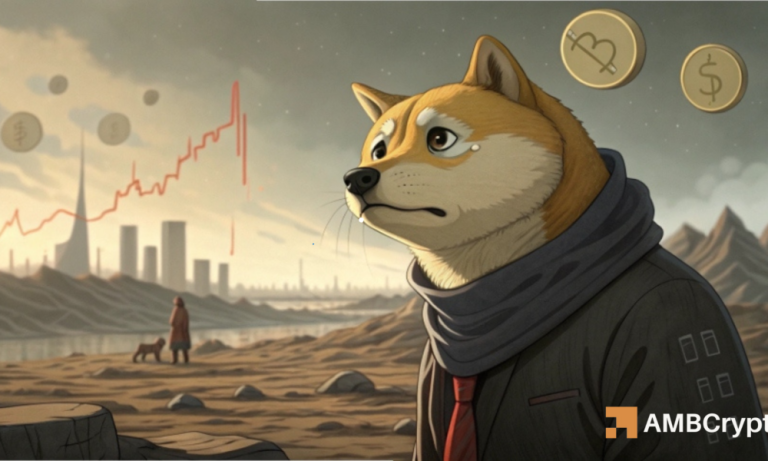
Navigating the Future: Emerging Trends in Fintech Technology
Fintech, a combination of finance and technology, is an industry that has experienced rapid growth over the past few years. With the rise of digital payments, mobile banking, and online lending, fintech has become an essential part of our daily lives. As we move forward, it’s essential to stay ahead of the curve and understand the emerging trends in fintech technology. Fintech is no longer just a buzzword; it’s a reality that is transforming the way we think about finance.
Section 1: Introduction to Fintech
The term ‘fintech’ was first coined in the 1990s, but it wasn’t until the 2000s that the industry started to gain momentum. With the rise of smartphones and the internet, people began to look for more convenient and efficient ways to manage their finances. This led to the development of digital payment systems, online lending platforms, and mobile banking apps. Today, fintech is a global industry, with companies like PayPal, Stripe, and Square leading the charge.
Section 2: Emerging Trends in Fintech
So, what are the emerging trends in fintech technology? Some of the most significant trends include:
- Artificial Intelligence (AI): AI is being used to improve customer service, detect fraud, and provide personalized financial recommendations.
- Blockchain: Blockchain technology is being used to create secure and transparent payment systems, as well as to facilitate cross-border transactions.
- Internet of Things (IoT): IoT is being used to connect devices and enable new forms of payment, such as wearable devices and smart home appliances.
- 5G Networks: The rollout of 5G networks is expected to enable faster and more reliable payments, as well as to facilitate the growth of IoT devices.
Section 3: The Future of Fintech
As we look to the future, it’s clear that fintech will continue to play a major role in shaping the financial industry. With the rise of emerging technologies like AI, blockchain, and IoT, we can expect to see new and innovative financial products and services. Some of the trends that are expected to shape the future of fintech include:
- Increased Use of Biometrics: Biometric authentication, such as facial recognition and fingerprint scanning, is expected to become more widespread in the fintech industry.
- Growing Demand for Digital Payments: As more people turn to digital payments, we can expect to see a growth in demand for digital payment systems and online wallets.
- More Focus on Financial Inclusion: Fintech companies are expected to focus more on financial inclusion, providing access to financial services for underserved communities and individuals.
Section 4: Challenges and Opportunities
While the future of fintech looks bright, there are also challenges and opportunities that need to be addressed. Some of the challenges include:
- Regulatory Frameworks: Fintech companies need to navigate complex regulatory frameworks, which can vary by country and region.
- Cybersecurity: Fintech companies need to ensure that their systems and data are secure, to prevent cyber attacks and protect customer information.
- Competition: The fintech industry is highly competitive, with new companies emerging all the time. Established companies need to stay ahead of the curve to remain competitive.
Section 5: Conclusion
In conclusion, the future of fintech is exciting and full of possibilities. As emerging technologies like AI, blockchain, and IoT continue to shape the industry, we can expect to see new and innovative financial products and services. However, there are also challenges and opportunities that need to be addressed, such as regulatory frameworks, cybersecurity, and competition. By staying ahead of the curve and understanding the emerging trends in fintech technology, we can navigate the future of finance with confidence.





